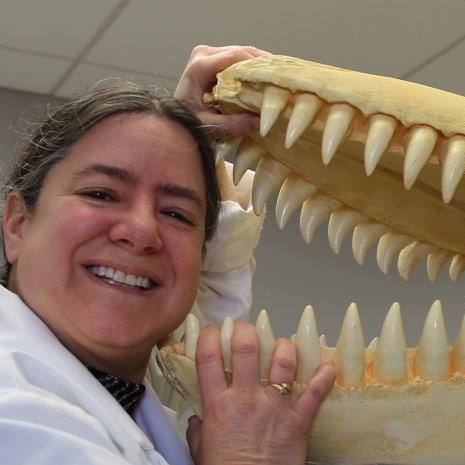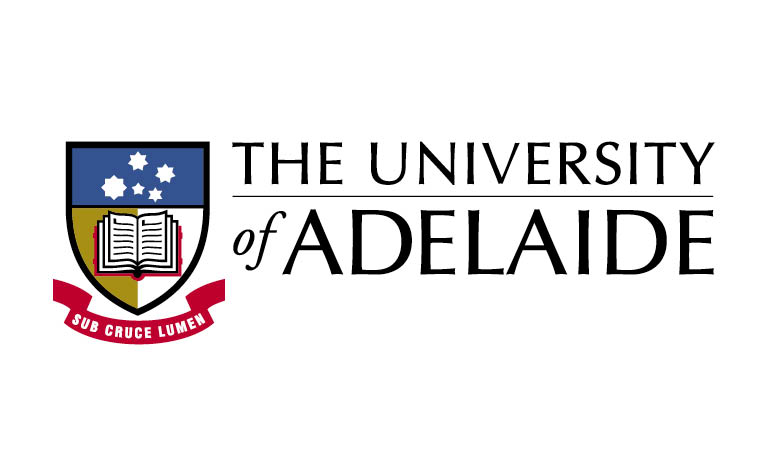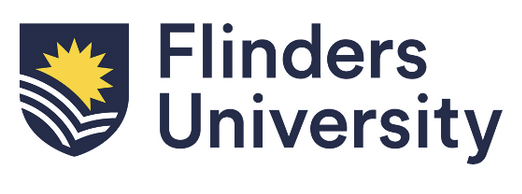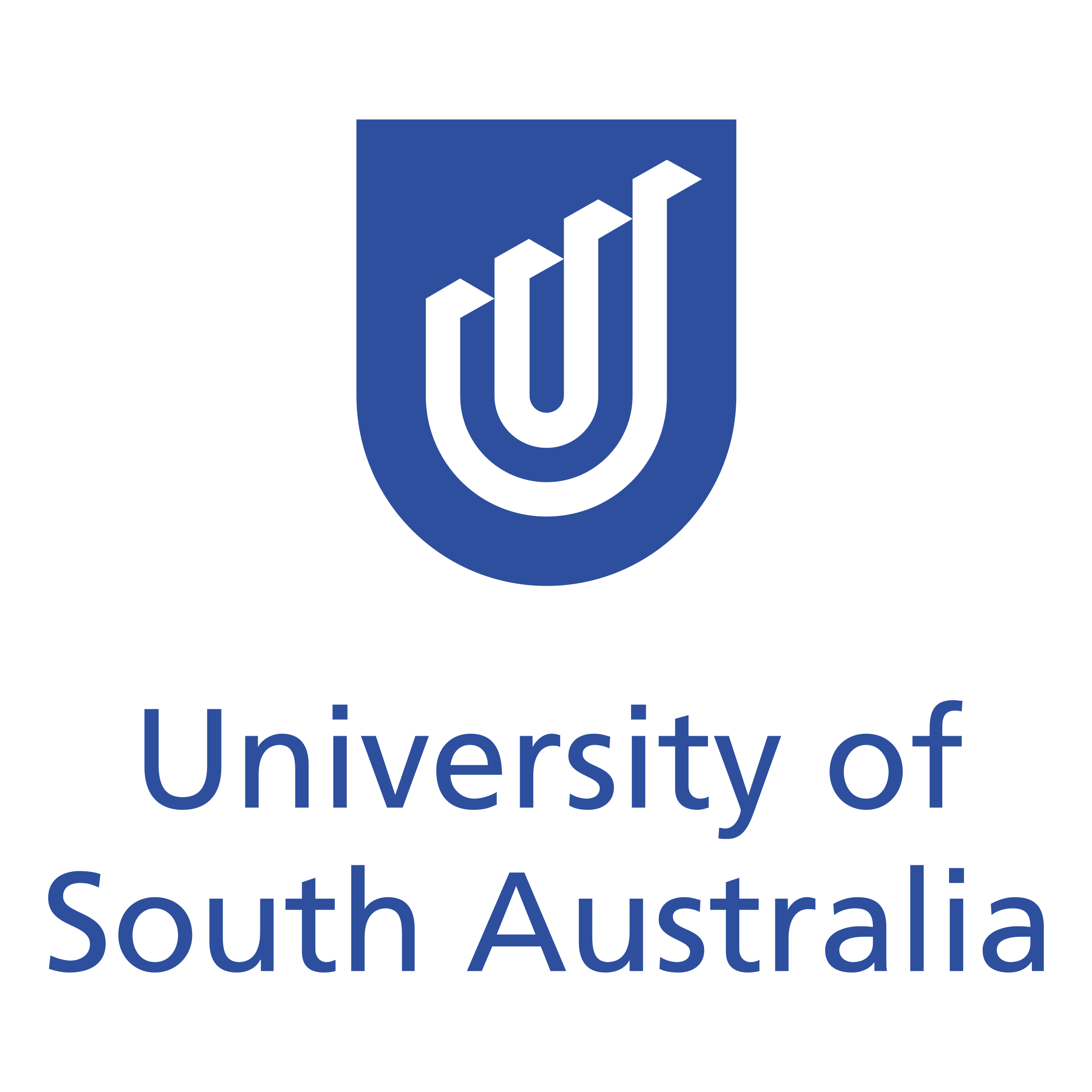Abstract: Why does a whale spout water? What happened to their legs? Which whales have teeth? When do they feed? Where is the belly button? How do they nurse their young underwater? Find out why, what, which, when, where, and how in this lecture on the many unique adaptations that allow whales (including dolphins and porpoises) to survive as mammals in an aquatic environment. Several whale specialisations will be presented from the perspective of a comparative anatomist who studies the anatomy (body structure) of many different animals.
Bio: Joy S. Reidenberg, Ph.D. is a comparative anatomist, specialising in cetacean anatomy. She is a Professor in the Center for Anatomy and Functional Morphology at the Icahn School of Medicine at Mount Sinai, NY, USA. Her degrees are from Cornell University (B.A. 1983) and Mount Sinai’s Graduate Program in Biomedical Sciences (M.Phil. 1986, Ph.D. 1988). Dr. Reidenberg also held appointments as Guest Investigator at Woods Hole Oceanographic Institution, and Associate Scientist at National Museum of Natural History (Smithsonian Institution). She is an inaugural Fellow of the Society for Marine Mammalogy, and a Fellow of the American Association for Anatomy.
Dr. Reidenberg teaches Structures (Human Gross Anatomy, Histology, Embryology, Imaging) to medical and graduate students, and participates in several anatomy courses for surgeons. Her reputation as a teacher extends beyond Mount Sinai: she was awarded both the Basmajian Award and the Henry Gray Distinguished Educator Award of the American Association for Anatomy for excellence in research and outstanding teaching. She regularly engages with the public through outreach educational programs (e.g., two TED talks, numerous television documentaries). Dr. Reidenberg is best known on television as the comparative anatomist for the BAFTA award winning documentary series Inside Nature’s Giants. She is the lead scientist (comparative anatomist) in many national and international science documentaries (e.g., PBS, BBC, SBS, NatGeoWild, Discovery Network, Science Channel). Most recently, she was featured in several new documentaries: Lost Beasts Unearthed (6 episodes) on SBS (Australia) and National Geographic (US), When Whales Could Walk on PBS NOVA (US), and The Mystery of the Walking Whale on CBC (Canada).
Dr. Reidenberg does research in comparative anatomy of animals adapted to environmental extremes, particularly focusing on marine mammals (e.g., underwater sound production mechanisms). Studying such “natural experiments” helps uncover basic biomechanical relationships that affect all animals, including humans. She hopes to mimic these adaptations to develop protective/preventive technologies or new medical treatments for injuries and diseases. Her work has been funded by: ONR, DOD, NOPP, NOAA. Dr. Reidenberg is often sought out as a whale expert for interviews in scientific and popular press (e.g., Nature, New York Times-Science Times, O the Oprah Magazine). She is an active member of U.S. national whale stranding necropsy teams. Dr. Reidenberg has written over 100 publications, guest-edited three special issues of the Anatomical Record, created digital and video media projects, and continues to present at multiple scientific and educational conferences annually.










